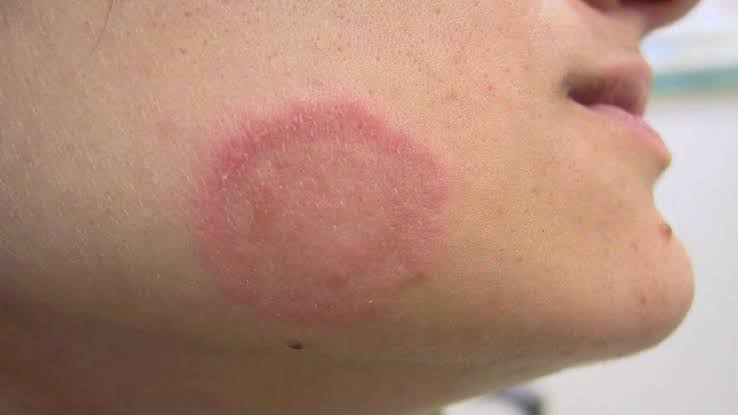Tinea diseases

Tinea is a fungal infection of the skin. Tinea is also known as ringworm. This is because it can cause red patches on the skin in the shape of rings. But it’s not caused by worms. It’s caused by different types of fungi. Tinea infection can affect any part of the body. Tinea infections of the feet, nails, and genital area are not often called ringworm. This is because the red patches may not look like rings. But it most often occurs in moist areas of the body and around hair. The fungus can be spread from person to person.
Different types of fungal (tinea) infections are named for where they occur on the body.
There are mainly 6 type of tinea diseases. Which are :
Tinea cruris(jock itch)
Tinea corporis
Tinea pedis
Tinea capitis
Tinea unguium
Tinea versicolor
Tinea cruris (jock itch) : This rash occurs in the genital area. Jock itch may be hard to cure. This condition is more common in men and rare in women. It happens more often in warm weather.
Tinea corporis(body ringworm) : This occurs anywhere on the body or the face. But it is more common in skin folds. It is also more common in warmer climates.
Tinea pedis(Athlete's foot) : This common type occurs on the feet and between the toes. It may be cause by sweating, not drying the feet after swimming or bathing, wearing tight socks and shoes, and warm weather.
Tinea capitis(scalp ringworm) : Scalp ringworm occurs on the head. It is very contagious but rare in adults.
Tinea unguium(neil infection): This is an infection of the toenails, and sometimes fingernails. It causes thickened, deformed, and discolored nails instead of a rash.
Tinea versicolor(Pityriasis versicolor) : Tinea versicolor is a common fungal infection of the skin. The fungus interferes with the normal pigmentation of the skin, resulting in small, discolored patches. These patches may be lighter or darker in color than the surrounding skin and most commonly affect the trunk and shoulders.